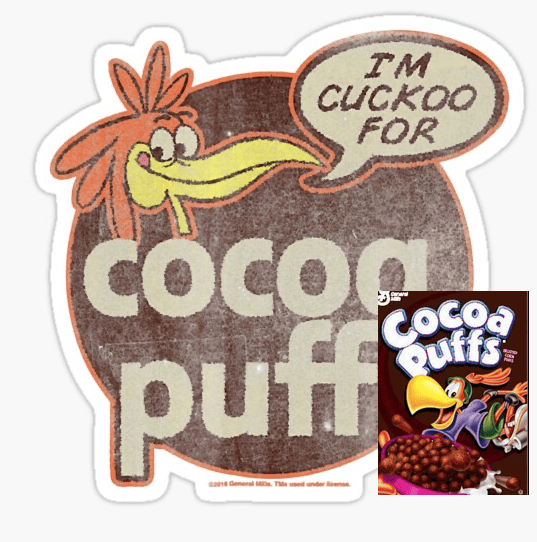See my video above about how record warm oceans, brought on by El Niño and climate change are hurting West African cocoa crops
I wanted to provide you with insights into how high cocoa prices impact various equities, companies, and industries within the market. Understanding these dynamics can be essential for informed decision-making.
West Africa produces 70% of the world’s cocoa which is turned into Chocolate.
I mainly follow commodities but you may want to look into these equities. It has remained very wet with disease issues in parts of West Africa since summer and now some potential harvest delays. This is a major crop-impacting issue for cocoa and something I have been worried about and forecasting since June.
So how do you trade cocoa and other commodities based on the weather? Find out here. (click below)

Below is a list of some of the industries that can be affected by higher cocoa prices.
Chocolate Manufacturers – Companies like Hershey (HSY), Mars, Mondelez (MDLZ), Ferrero, and Nestle (NSRGY) are directly affected by high cocoa prices as they face increased input costs, which can put pressure on their profit margins.
Cocoa Processing Companies – Businesses like Cargill, Barry Callebaut, Blommer Chocolate, and Touton play a critical role in processing raw cocoa into ingredients for food companies. They, too, are impacted by the price fluctuations in cocoa.
Confectioners – Lindt, Godiva, Russell Stover, and Ghirardelli face higher costs for key ingredients, impacting the production of their confectionery products.
Bakeries – Companies such as Krispy Kreme (DNUT), Panera Bread (PNRA), and Dunkin Brands (DNKN) are affected as high cocoa prices influence the costs associated with cocoa-based products.
Frozen Desserts – Businesses like Unilever (UL), Nestle, and Blue Bell, known for their ice cream products, must contend with cocoa butter and cocoa powder price fluctuations.
Retailers – Giants like Walmart (WMT), Kroger (KR), and Costco (COST) may need to decide whether to absorb higher prices themselves or pass the increased costs on to consumers.
Cocoa Growers & Traders – Companies like Hershey, Cargill, Barry Callebaut, and Olam (OLAM: SP) are crucial in sourcing raw cocoa globally, and they experience the direct impact of cocoa price movements.
Cocoa ETFs – Notably, exchange-traded funds (ETFs) like NIB, used to track cocoa futures prices, and CHOC, which invests in cocoa companies, provide investment opportunities tied to the cocoa market. However, the ETF was retired last June.
In summary, rising cocoa prices have a cascading effect. While they can boost revenue for global cocoa suppliers and traders, they often squeeze the profit margins of manufacturers in the chocolate business, who probably constitute the hardest-hit links in the chain.












